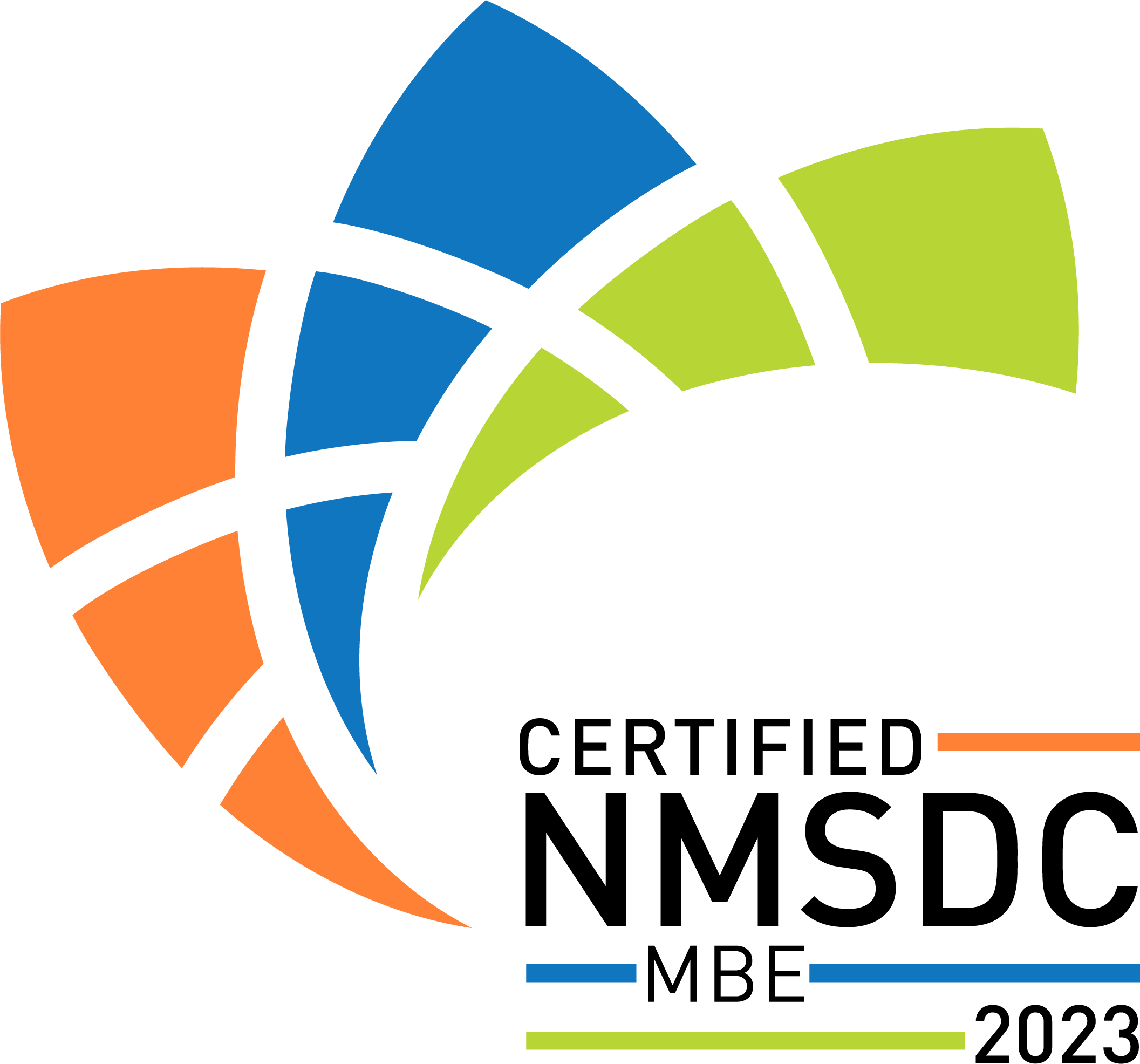As 2019 comes to a close, I recognize the last few years have been helpful in giving purpose to my personal and professional journey and where things are headed. It has also been a period of insight into one of the biggest challenges my client teams continue to face.
User experience practitioners are represented in most industries. You can find a large number of open UX roles on any job board. The number of individuals calling themselves UX professionals or getting trained in UX has grown significantly since I started my career in the field almost 20 years ago. Despite significant progress, the challenges and frustrations that continue to arise can be distilled down to one theme.
Influence.
UX team members and their partners in Product and Strategy consistently express frustration with the ongoing challenge of when and how to work together on discovery activities. Discovery includes the set of activities that lead to a greater understanding of your users, their goals, motivations, and needs. These insights define the solution, the requirements, and ultimately the experience. We can have a long conversation on how the transformation to Agile can further improve the influence UX has within organizations.
But I’d argue that UX involvement further upstream has an even greater impact on the solution development process and its outcomes. Partnering on discovery activities can increase the team’s trust in product team decisions. These insights benefit the entire team. Marketing can create compelling collateral that gets at the heart of user needs and motivations. UX designers can more closely align the solution experience to users’ mental models and tasks.
Solution architects can write algorithms that support serving up data insights in an actionable and contextually relevant way. Acceptance testing during QA can validate the solution’s alignment to business and user goals. With all that said, let’s be clear…before I try to convince you that engaging your UX brethren earlier is an imperative, I must emphasize that you have to have access to UX practitioners with the right training and skills.
It boils down to five key competencies:
#1 – Hypothesis or assumption testing
A hypothesis is an assumption or supposition about what you expect to happen, that’s based on limited information and can be used as a starting point for exploration or investigation. Solution development should begin with an assumed situation or problem that clients or prospects face and how you think a solution can help them. Your UX partner can help craft or refine these assumptions to ensure they are framed appropriately and focus on the problem, not the solution.
#2 – Experimentation
As a grad student in Human Factors, experimental psychology was a major component of my training. I often dreaded the process of defining the experimental methods to employ in testing a hypothesis. The highly detailed exercise required an understanding of what I hoped to learn from an analysis of the data and the resulting articulation of whether or not my hypothesis is true.
I had to understand what measures of participants’ perceptions, behaviors, and/or attitudes were necessary. User characteristics and their ecosystem or context for use directly influenced the data collection methods that were defined. The most important consideration was how data could be collected in an unbiased way. Finally, participant demographics, recruitment procedures, and data analysis techniques that would be employed also informed the experimental plan.
This planning process was probably the most important aspect of studying people. Not considering these factors or mistakes in the definition, execution, or analysis of the research plan resulted in data that is not valid or actionable.
#3 – Data synthesis
If I can sum up the capability your UX partner should have at this stage in one word, it is sensemaking. Sensemaking involves giving meaning to new insights in order to understand connections between people, places, events, and things so that you can anticipate or understand users’ needs and actions.
Sensemaking is data synthesis and involves combining elements that are sometimes disparate or seemingly unrelated in order to form a coherent and comprehensive understanding of users and their situation. At this stage, UX partners are facilitating collaborative discussions with the goal of clarifying the teams’ understanding of the user, their ecosystem, and their overall goals.
#4 – Big picture thinking
A skilled application interaction designer can create prototypes that communicate micro-interactions, like flyout or modal behavior. This is not what you should expect at this point. It’s more important to create low-fidelity application flows that communicate users’ macro-level inputs, actions, and outputs that align to their overall goals.
Having simple or sketch-like concepts available to help frame internal stakeholder discussions can dispel conflicting presumptions, like whether the solution is a portal versus a dashboard. This exercise also helps to ensure your solution is (user) goal-driven and not technology driven.
Up to this point, your partner in discovery is one or more individuals with user research and strategy as their primary skill sets. It may be helpful to pull in an interaction designer or two, to collaboratively develop concepts based on the research insights.
#5 – Concept validation
This is not usability testing, but is somewhat similar in terms of the process and goals. This is an opportunity to share and validate the concepts, or ideally multiple divergent concepts, in order to gauge alignment with users’ mental model and goals.
I’m sure you have additional questions, like how much time and effort does this all require?
From planning to concept validation, you can expect to spend several weeks to several months on these activities, depending on the scope of the opportunity and if useful data is already available. I’ve worked with apprehensive product managers, who insisted this was a very different way of working that took them away from their primary work tasks.
The benefits of adopting this approach outweigh the costs. Immediate benefits include increased clarity on the user and their goals. How the solution fits within their workflow and ecosystem is better understood, which subsequently accelerates collaborative ideation, design, and development. These gains in efficiency and team trust are enough to convince even the most apprehensive of product managers.
These experiences have helped me fully recognize my ability to influence change.
I recently took the CliftonStrengths (formerly StrengthsFinder) assessment to discover more about myself and the strengths and skills I need to double down on. I recommend everyone invest a small amount of time and money in this assessment. It helps to validate who you are and how you can effectively interact with others. One of the four domains of strengths is strategic thinking.
I discovered 4 of my top 10 strengths are in the strategic thinking category. More specifically, influencing transformation. Sensemaking and facilitating ideation are specific capabilities I love to lean on in transformational engagements.
In 2020, my goal is to help organizations realize the opportunity that exists in leveraging UX partners to positively influence outcomes. My team of expert researchers and strategists use a combination of tools, including assessments and coaching in these partnerships.
Because of the growing need for UX partners with these capabilities, I will continue to coach and mentor junior practitioners that show strengths and talent in these areas.
Click here to continue the conversation on how UX can influence your product management organization’s success.


